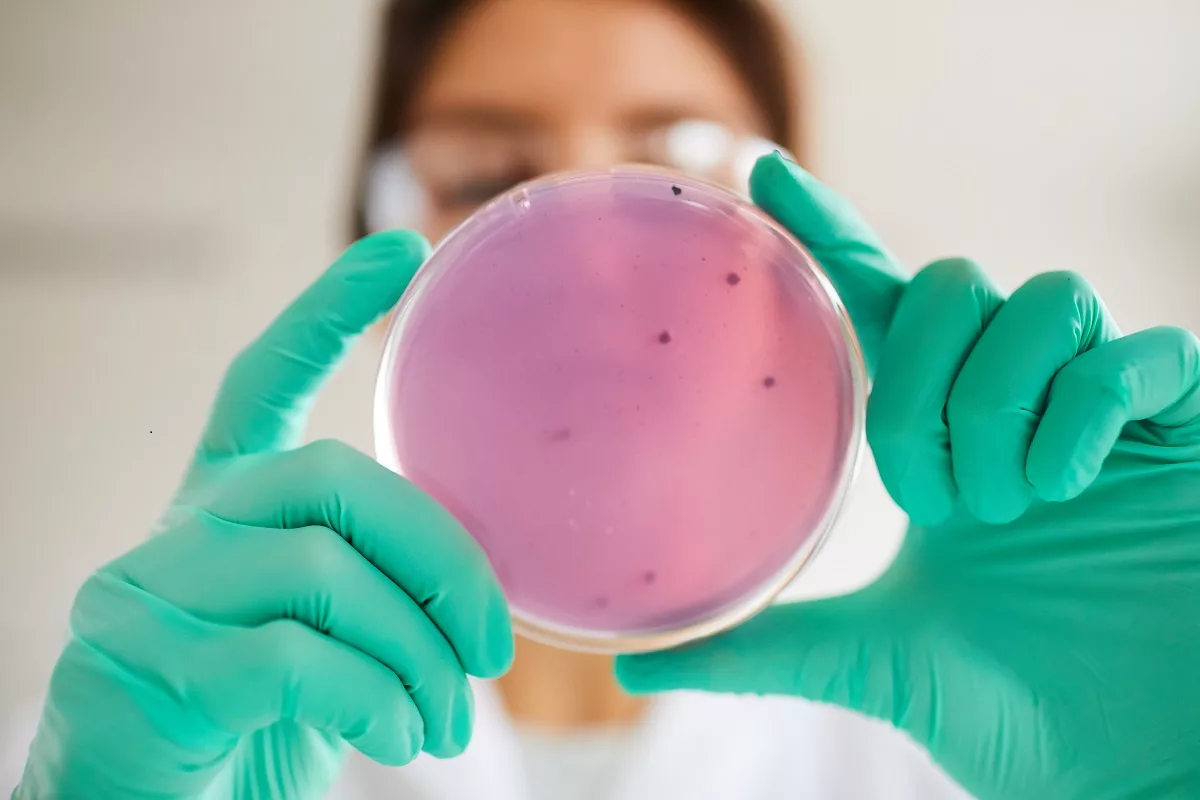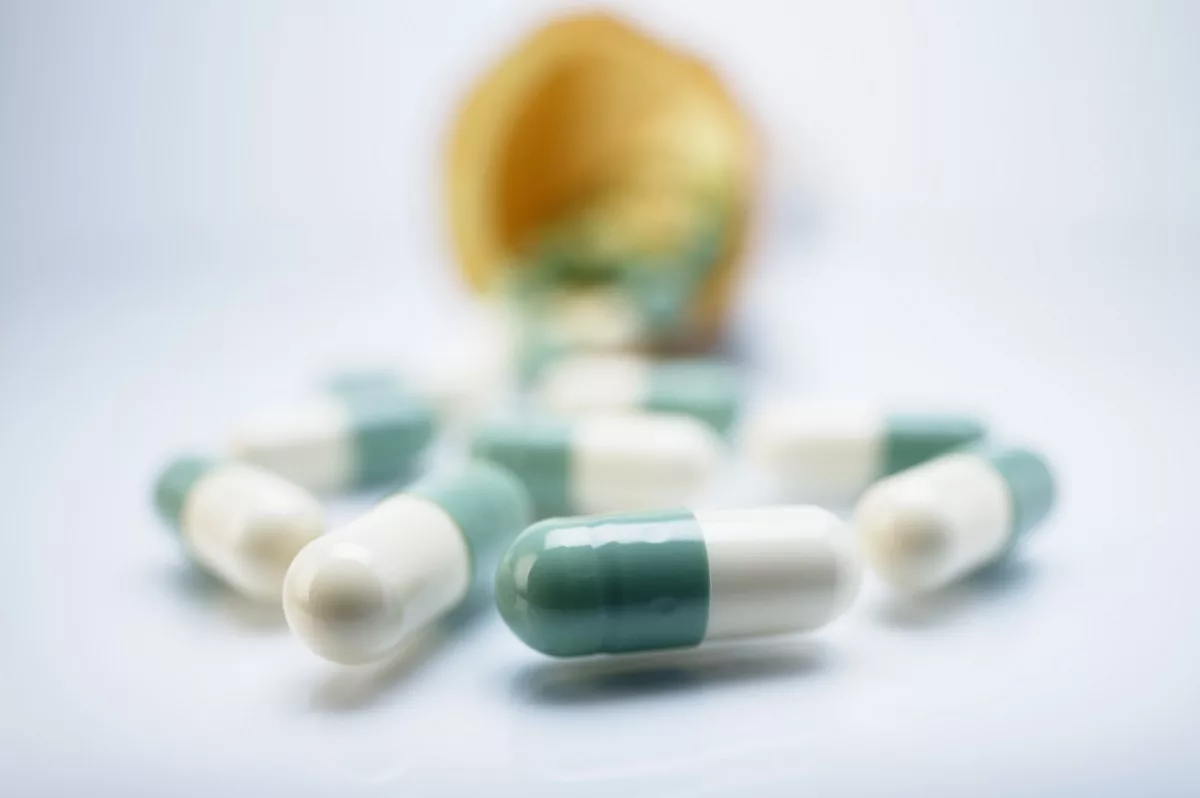A group of infections caused by a genus of bacteria known as Staphylococcus is called Staphylococcal (Staph) infections. In general, there are more than 30 strains of this bacterium. Moreover, one of the most common pathogens (an organism that causes disease) is Staphylococcus aureus. It is recommended to see a doctor if you experience any of the following symptoms. For example, red, inflamed, and painful sores that may contain pus. Usually, these infections are treated with antibiotics. You should finish the course of antibiotics even if you do not experience symptoms. Otherwise, the infection may return.
Staph infection can affect different parts of the body. These include:
- Skin – In most cases, this bacterium affects the skin. When it occurs, you may experience boils, blisters, and redness on the skin. Moreover, skin infections may occur anywhere on the body, including the face, mouth, or nose.
- Breasts and chest – If you are breastfeeding and get staph infections, you may develop mastitis. This is a painful condition that causes inflammation and abscesses in the breasts.
- Digestive system – If you are eating food that contains this bacterium, you may get food poisoning that often causes vomiting and diarrhea.
- Bones – This infection may also affect your bones and cause inflammation and pain. In such cases, the infection is called osteomyelitis.
- Lungs and heart – This bacterium may also affect the lungs and cause pneumonia, or the heart muscle and cause heart valve disease.
- Bloodstream – In some cases, this bacterium may release toxins in the bloodstream and cause a serious infection known as septicemia (blood poisoning).
In addition, staph infection is common because it infects millions of people in the U.S. every year. While most of them are mild and successfully treated with antibiotics, some people may develop a serious infection.
Symptoms
The symptoms usually appear differently among people because they depend on the affected part of the body. In most cases, staph infections occur on the skin and may cause red and pus-filled pimples that may leak. Check below for other symptoms of this infection:
- Abscesses and boils (painful sores that appear under the skin and cause redness)
- Cellulitis – This infection causes painful swelling under the skin.
- Folliculitis – In such cases, you may notice pimple-like blisters that appear under the hair follicle and cause pain.
- Impetigo – It causes fluid-filled blisters or sores that often leave a yellow or brown crust.
- Staphylococcal scalded skin syndrome (SSSS) – This is a severe form of infection that often causes the skin to peel off throughout the body. In most cases, SSSS negatively affects infants and small children.
Commonly, previous types of staph infection often affect tender, warm, and red areas. Then the infection worsens, you may notice pus or drainage, and red areas may become bigger. In rare cases, you may experience open wounds.
Staph Infections in Other Areas of the Body
Previous infections and symptoms occur on the skin. However, these infections may occur anywhere in the body and cause different symptoms. For example:
- Food poisoning – The symptoms of this type of infection range from mild to severe. Usually, those who develop food poisoning experience vomiting and diarrhea.
- Mastitis – This infection mostly happens in women, especially those who are breastfeeding. It causes inflammation, pain, and abscesses.
- Septicemia – This is a serious infection of the blood that is also known as sepsis. The most common symptoms include hypotension (low blood pressure) and high fever.
- Toxic shock syndrome – This is a type of septicemia that often causes the following symptoms. These include muscle aches, rash, and fever.
- Endocarditis – This is an infection of the heart muscle that may also affect heart valves. Sweating, unusual weight loss, fast heart rhythm, and fever are the most common symptoms of endocarditis.
Causes
This infection often spreads similarly to other infections, through sneezes, coughs, and other ways. For example:
- Skin infection – This type of staph infection usually occurs when you come in direct contact with this bacterium. It is very contagious and may enter the body through a small cut on the skin.
- Food poisoning – In such cases, people get the infection when they ingest foods or drinks that are contaminated with this bacterium.
- Toxic shock syndrome – It may occur in a female who wears a tampon for long periods. It causes the blood to collect, which makes an ideal environment for bacterial growth.
- Mastitis – It usually occurs when the bacteria from the baby’s mouth enter through a crack in the nipple during breastfeeding.
- Endocarditis – This infection happens when the bacterium enters the bloodstream (sometimes through the mouth). Usually, it occurs in people with poor dental health.
Risk Factors
Generally, this infection can affect anyone, especially if you are working in a hospital. However, there are some factors that could increase your risk of developing a staph infection. Check below some examples:
- Misuse of illegal drugs
- Have had surgery, catheters, or medical devices in the body
- Chronic health conditions (including vascular disease, eczema, diabetes, and others)
- Weakened immune system due to immunosuppressants, HIV/AIDS, or other causes
- Breastfeeding women
- Wearing a tampon for long periods
- Congenital heart defects
- Surgery on the heart valves
- Living or traveling in crowded places
- Direct contact with an infected person
What Happens if a Staph Infection is Left Untreated?
People who ignore the symptoms and do not get treatment may experience some complications. Check below some examples:
- Methicillin-resistant Staphylococcus aureus (MRSA) – This is a severe form of infection that may lead to death.
- Bacteremia
- Sepsis
- Chronic or recurrent infections – It is very important to finish the treatment even if you do not have symptoms. Otherwise, you are at increased risk of recurrent infection.
Prevention
You cannot prevent all types of staph infection, but you can take steps to reduce the risk. For example:
- Skin – Practice good hygiene, keep cuts clean, and regularly wash your hands and body. It is also recommended to avoid sharing personal items (such as towels).
- Food poisoning – You should make sure the food is prepared properly.
- Toxic shock syndrome – In such cases, it is recommended to change the tampons regularly (between 4 and 8 hours).
- Mastitis – You should try to empty the breast completely each time you breastfeed.
Diagnosis
First, physicians will perform a physical examination to check for abnormalities linked to the disease. Thereafter, they may also ask some questions about the symptoms and medical history. However, to confirm this infection, doctors may perform some tests based on the affected part of the body. Check below some of them:
- Skin – Physicians often confirm a staph infection on the skin by performing a biopsy. During this procedure, they will take a small sample of affected tissue for testing to check for the bacterium that causes the infection.
- Food poisoning – In such cases, doctors may take a stool sample for testing.
- Mastitis – Doctors often take a sample of milk from the breast to perform a laboratory test for the presence of bacteria.
- Toxic shock syndrome – To diagnose this type of staph infection, doctors may perform a blood or urine test (urinalysis) to determine whether you have this bacterium or not. Sometimes, they can perform a CT (computed tomography) scan to see if the infection has caused damage to the internal organs.
- Endocarditis – It is often diagnosed based on symptoms, blood tests, and an echocardiogram.
Treatment
Commonly, physicians prescribe topical or oral antibiotics to clear the infection. They may also drain a boil or abscess through a small cut (incision). If you develop a severe form of staph infection, doctors may prescribe intravenous (IV) antibiotics to destroy the bacteria.
Usually, this condition is contagious 48 hours after starting the treatment with antibiotics. Additionally, doctors may recommend some home remedies that may help ease the symptoms. These include cleaning the affected area of the skin with soap and water, cold compresses, over-the-counter (OTC) pain relievers (such as Acetaminophen), and drinking plenty of liquids to prevent dehydration.
Frequently Asked Questions
What kinds of staph infections do children get?
Commonly, infants and children get staph infections known by other names, such as styes, impetigo, and others. They may experience blisters, chills, fever, and other symptoms. If you notice your child experiences any of the previous symptoms, do not hesitate to see a doctor.
Can staph infections clear up on their own?
While mild forms of staph infection can go away on their own, in moderate or severe cases, you should get antibiotics to clear the infection. Otherwise, it may lead to life-threatening complications. Consult with your doctor for more details.
What kills staph infections naturally?
Honey, essential oils, ginger, turmeric, and garlic are some natural options that may destroy the bacterium that causes staph infections. According to some research, the interest in these substances increases because some bacteria become resistant to antibiotics. In any case, you should not rely only on honey or garlic, but see a doctor for diagnosis and proper treatment. Ask your healthcare provider if you have additional questions.




